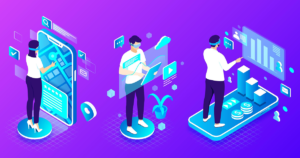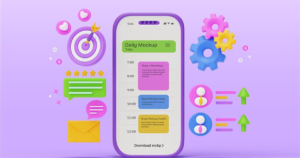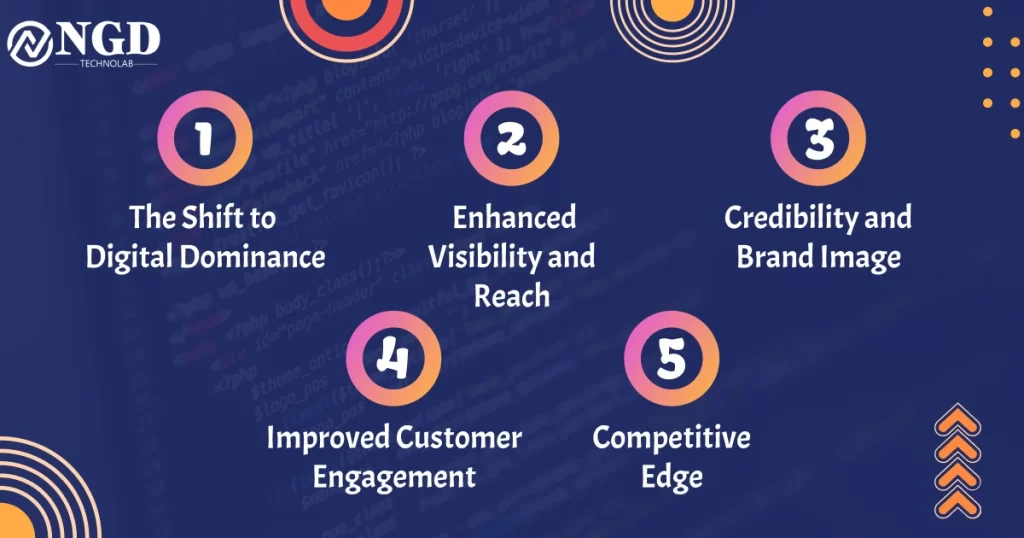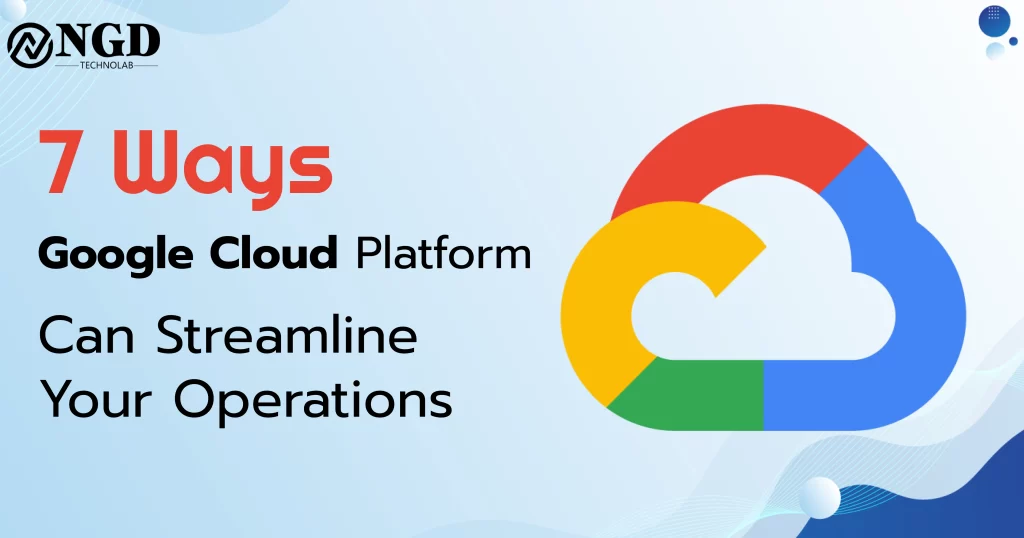Android and iOS App Development Lifecycle Explained
-
Harshid Patel
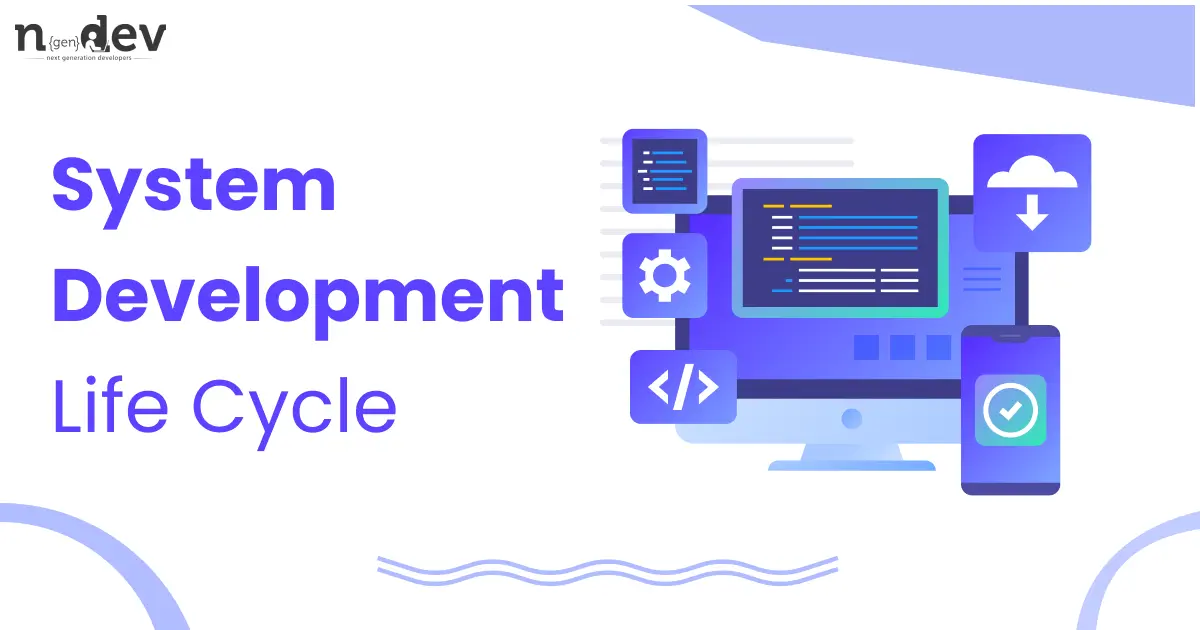
Mobile applications have become an integral part of our daily lives. From ordering food to tracking fitness goals, mobile apps have transformed the way we interact with technology. But have you ever wondered how these apps come to life? The process of developing a successful mobile app is not a straightforward task. It involves a meticulously planned and executed process known as the “App Development Lifecycle.
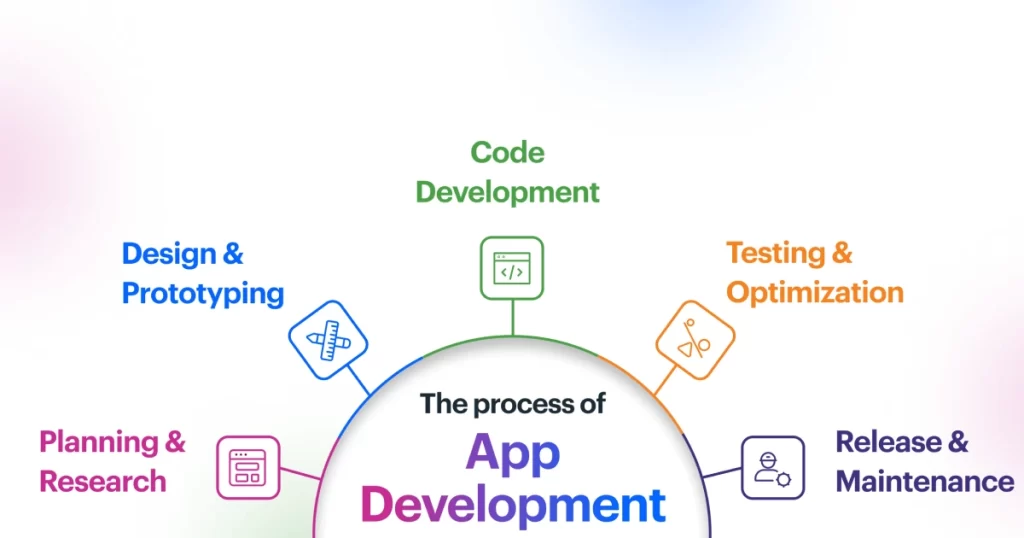
1. Understanding the Mobile App Development Lifecycle
1. Planning Phase
The planning phase is the foundation of any successful mobile app development project. It involves several key activities that set the course for your app’s entire lifecycle.
The first step in the planning phase is to define your app idea clearly. What problem will your app solve? Who is your target audience? What features should your app have? These are some of the critical questions you need to answer during this stage.
Market research is a key component of the planning phase. You need to understand your target market, competition, and user preferences. Analyzing market trends and gathering data is essential for making informed decisions about your app’s direction.
2. Design Phase
Once you have a clear app concept, it’s time to move on to the design phase. This is where your app’s user interface (UI) and user experience (UX) come to life.
UI design focuses on the visual elements of your app. It includes designing the layout, color schemes, typography, and all the visual elements that users will interact with. A well-designed UI is crucial for attracting and retaining users.
UX design focuses on the overall user journey within the app. It aims to create a seamless and enjoyable experience for users. This involves wireframing, prototyping, and usability testing to ensure your app is user-friendly.
3. Development Phase
With the design in place, it’s time to move on to the development phase. This is where the actual coding and development of your app.
Selecting the right technology stack is crucial for the success of your app. Consider factors like the platform (iOS, Android, or both), programming languages, and frameworks that best suit your app’s requirements.
The development team will now start coding and building your app based on the design specifications. Regular communication and collaboration between designers and developers are essential to ensure the app aligns with the design vision.
4. Testing Phase
Once development is complete, it’s time to put your app through detailed testing to identify and resolve any issues.
There are various types of testing, including functional testing, usability testing, and performance testing. Each type serves a specific purpose in ensuring your app works correctly.
Quality assurance (QA) is an ongoing process that involves continuous testing and improvement. It ensures your app meets the highest quality standards before it reaches the hands of users.
2. Launching Your Mobile App
With the app development and testing phases completed, it’s time to prepare for the exciting moment of launching your mobile app.
1. Pre-Launch Marketing
App Store Optimization (ASO) is the process of optimizing your app’s listing on app stores to improve its visibility and measurability. This involves selecting relevant keywords, writing compelling descriptions, and creating eye-catching app icons and screenshots.
Leverage the power of social media to create buzz around your app before its official launch. Share teasers, sneak peeks, and behind-the-scenes content to build trust among your target audience.
2. App Deployment
Before launching your app, you need to submit it to app stores such as the Apple App Store and Google Play Store. Each store has its submission guidelines and review processes, so make sure your app complies with their requirements.
Consider conducting beta testing to gather valuable feedback from a select group of users before the official launch. This allows you to identify any last-minute issues and make improvements based on real user experiences.
3. Post-Launch Activities
Your app is now live, but the journey doesn’t end with the launch. Post-launch activities are just as crucial for the long-term success of your mobile app.
1. User Feedback and Iteration
Listen to user feedback and be open to making continuous improvements to your app. User feedback can uncover issues, suggest new features, and help you refine your app’s user experience.
Regularly release bug fixes and updates to address any issues that derive after the launch. Keeping your app up to date ensures it remains compatible with the latest devices and operating systems.
2. App Monetization Strategies
Explore various monetization strategies, such as in-app advertising. Implementing ads in your app can generate revenue, but it’s essential to strike a balance between ads and user experience.
Offer in-app purchases to unlock premium features or content within your app. This can be an effective way to generate revenue from users who are willing to pay for enhanced functionality.
Why Choose Us for Android and iOS App Development
Conclusion
The mobile app development lifecycle is a multifaceted journey that encompasses planning, design, development, testing, and post-launch activities. Each phase plays a critical role in creating a successful app that resonates with users and stands out in a competitive market.
Remember that the journey doesn’t end with the app’s launch. Continuous improvement, user feedback, and effective monetization strategies are key to long-term success.
Frequently Asked Questions
The primary goal of the planning phase is to define the app’s concept, target audience, and features. It involves market research and setting the direction for the entire development process.
You can optimize your app’s visibility through App Store Optimization (ASO), which includes selecting relevant keywords, writing compelling descriptions, and creating eye-catching visuals.
User feedback is crucial for identifying issues, improving the user experience, and staying competitive. It helps you make informed decisions and prioritize enhancements.
Effective app monetization strategies include in-app advertising and offering in-app purchases to unlock premium features or content. The choice of strategy should align with your app’s audience and purpose
Get Free consultation and let us know about your custom web and Mobile App project idea
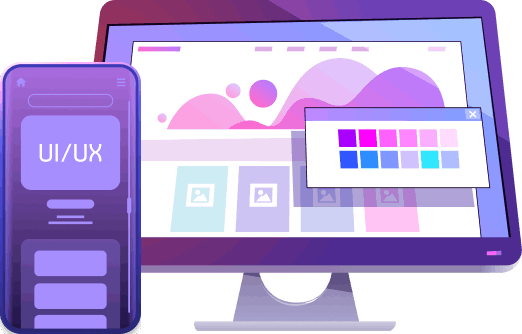
Over 14+ years of work experience, we have built 210+ web and mobile apps
We can help you with
- Dedicated Developer
- delivering high-quality development
- Custom Mobile App Development
- Innovative Solution For Startups and Enterprise
Get Free consultation and let us know about your custom web and Mobile App project idea

Over 10 years of work experience, we have built 210+ web and mobile apps
We can help you with
- Dedicated Developer
- delivering high-quality development
- Custom Mobile App Development
- Innovative Solution For Startups and Enterprise
Latest Blogs
Explore the Latest Blogs on Trends and Technology.


